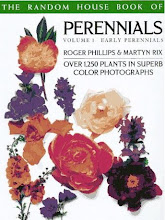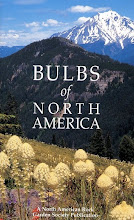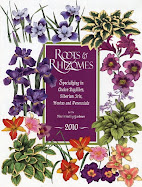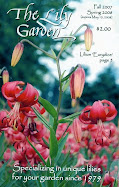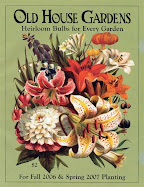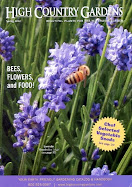Jardim Botânico da Universidade de Coimbra 2012 março
Jardim Botânico da Universidade de Coimbra 2012 março
Jardim Botânico da Universidade de Coimbra 2012 março
Jardim Botânico da Universidade de Coimbra 2012 março
Jardim Botânico da Universidade de Coimbra 2012 março
A partir do site do Jardim Botânico da Universidade de Coimbra:
O Jardim Botânico da Universidade de Coimbra, localizado no coração da cidade de Coimbra desde 1772,
por iniciativa do Marquês de Pombal, estende-se por 13 ha em terrenos
que na sua maior parte foram doados pelos frades Beneditinos.
Os jardins botânicos surgem na Europa como consequência da expansão europeia do século XV. O contacto com plantas e animais exóticos despertou o interesse pelo seu estudo. Exemplo disso foi o português Garcia da Orta que no século XVI viajou para a Índia e se dedicou ao estudo das propriedades terapêuticas das plantas, publicando dois importantes ensaios.
Os jardins botânicos surgem na Europa como consequência da expansão europeia do século XV. O contacto com plantas e animais exóticos despertou o interesse pelo seu estudo. Exemplo disso foi o português Garcia da Orta que no século XVI viajou para a Índia e se dedicou ao estudo das propriedades terapêuticas das plantas, publicando dois importantes ensaios.
O século XVIII é marcado por uma revolução de mentalidades e por grandes avanços na ciência, nomeadamente no campo da Medicina. Assim, o Jardim Botânico de Coimbra foi criado com o objectivo de complementar o estudo da História Natural e da Medicina. Tendo tido como primeiro responsável Domingos Vandelli destaca-se, a partir de 1791, o papel desempenhado pelo naturalista e botânico Avelar Brotero com várias publicações científicas, entre as quais a primeira Flora Lusitana (1804). Este investigador português deu início à primeira escola prática de Botânica.
A criação do banco de sementes e respectiva publicação do Index Seminum (catálogo de sementes) em 1868, até hoje anualmente actualizado, incluiu variedades exóticas e portuguesas muito diversificadas. Este facto permite-nos hoje salvaguardar espécies que se encontram em risco de extinção no seu habitat natural. O jardim ganhou assim novas funções no âmbito da conservação da natureza.
No
domínio educativo, o Jardim Botânico de Coimbra promove programas de
educação ambiental e cultural, sensibilizando os cidadãos para questões
ligadas às temáticas ambientais e à adopção de comportamentos cívicos.
O Jardim é também um espaço de tranquilidade, repleto de recantos que nos convidam simplesmente a um passeio.


























































































